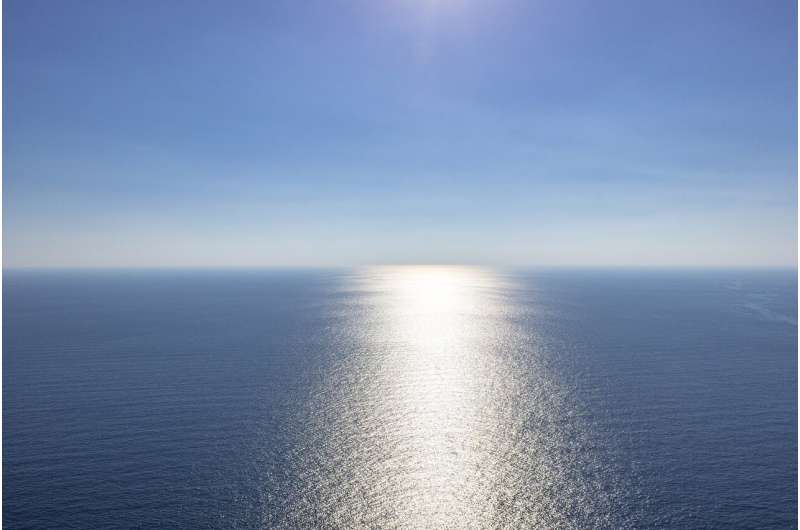The Daily Observer London Desk: Reporter- John Furner
The submersible Titan that had garnered much of the world’s attention for the past week experienced a “catastrophic implosion,” according to the U.S. Coast Guard. The tragic result, authorities said, is that the five occupants on board are presumed to have died during the implosion.
How does such an implosion happen, and what kind of impact would it have had Titan’s crew? Northeastern Global News reached out to Arun Bansil, university distinguished professor of physics at Northeastern, to provide a basic overview of the physics involved—and the violent consequences associated with it.
The brief conversation has been edited for clarity.
What does it mean for a submarine to have “imploded?” What causes a water submersible to implode? How is it different from an explosion?
Quite simply, an implosion is the opposite of an explosion. In an explosion, the force acts outwards, but in an implosion the force acts inwards. When a submersible is deep in the ocean it experiences the force on its surface due to water pressure. When this force becomes larger than the force hull can withstand, the vessel implodes violently.
Officials overseeing the search for the submarine said the discovery of debris from the water craft is consistent with a catastrophic implosion. What would such an event have meant for the five occupants?
Implosions like explosions are very violent. As the hull breaks apart under the huge external pressure, a large amount of energy is released, and the five occupants would have died instantly. The occupants would not have experienced pain or realized what hit them.
Can you briefly explain, if you can, the engineering behind how submarines are able to navigate such crushing depths in the first place—and why Titan was presumably unable to?
The key is the design of the hull that protects the vessel against the large external water pressure that is trying to crush the hull. Much of the existing technology is based on steel, titanium and aluminum. The performance of these materials under extreme stress is well understood.
However, the Titan’s hull had an experimental design. It used mostly carbon fibers, which have the advantage of being lighter than titanium or steel, so Titan could have more space for passengers. Properties of carbon fibers for deep sea applications are, however, not that well understood. It can crack and break suddenly.
Also, Titan had previously gone for deep sea dives a few times, which would have contributed to the fatigue of the hull to make the hull more prone to catastrophic failure.



